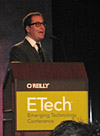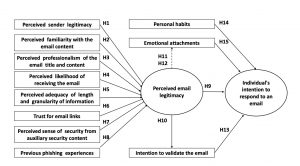The importance of magic in designing ubiquitous user experiences
Phil Windley, Associate Professor of Computer Science at Brigham Young University, reports:
The idea is that Moore’s Law has pushed the price of computing so low that it is nearly disposable. Computing can be everywhere. […] What does this do to people’s experiences?
People’s reaction to ubiquitous computing devices is to consider them more like animals than they do to rocks and other inanimate objects. People know their Roomba isn’t an animal, but they treat them that way. […]
Taking the desktop metaphor beyond the desktop doesn’t work. […]
The answer is magic. Not in the traditional sense that people understand magic, but specifically in the sense of enchanted objects. This isn’t pretending that technology is magic or lying about how technology works. It’s an abstraction for describing how enchanted objects work.
What sets enchanted objects apart from their static counterparts is their ability to interact. They should be
* Everyday objects
* Familiar – look and act like you’d expect them to
* Physical – there is a physical use mode
* Screenless – no assumption that there’s a text output
* Not human – no expectation that they behave like us
* Not superhuman – ultimately we’re in control of the objectThere are some devices now that have these properties. He references the Ambient Orb, the Nokia Medallion, the wand-like Nintendo Wii, and so on.
Or to summarise things with this Kuniavsky quote: “The manuals for magical items have been written for hundreds of years, now it’s possible to make the objects themselves.”
It strikes me by the way that also Philips is heading in this direction with its flower-shaped Living Colors mood lighting and the interactive Dimi prototype.




